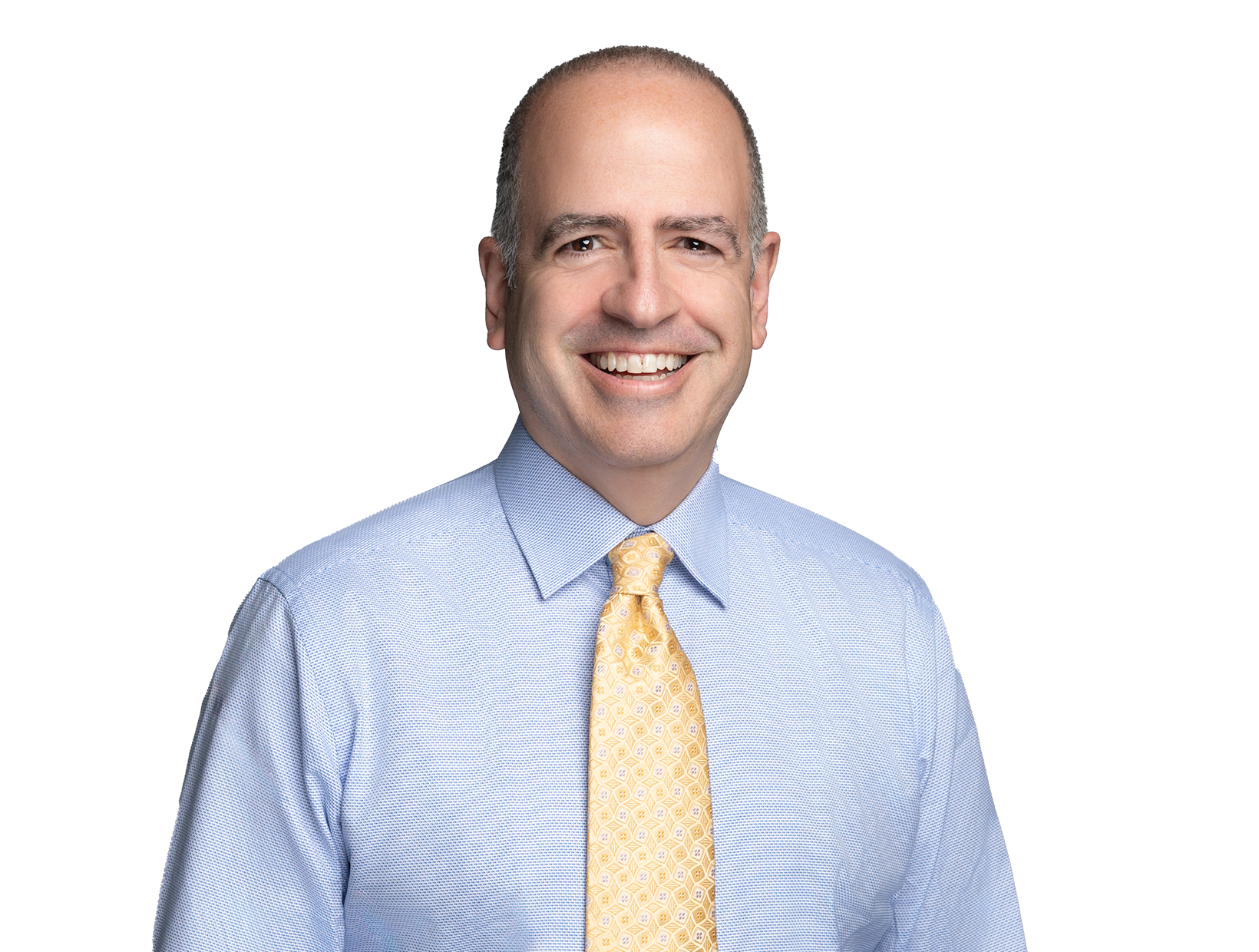Article
USPTO Guidance on Natural Product Development
Pharmaceutical Compliance Monitor
Authors
-
- Name
- Person title
- Principal

This article appeared in Pharmaceutical Compliance Monitor, December 5, 2014 and is reproduced with permission. Read "USPTO Guidance on Natural Product Development" for the rest of this article (PDF).
To be eligible for patent protection, an invention must meet several requirements under U.S. patent law. One of those requirements — whether the patent claims eligible subject matter (35 U.S.C. § 101) — has been front and center in several recent Supreme Court cases. Two of those cases directly concern life science inventions—the Mayo and Myriad cases—while a third—Alice Corp.—is likely to have broad applicability to any patentable method.
In light of these cases, the United States Patent and Trademark Office (USPTO) recently issued guidelines to patent examiners on how to analyze claims reciting or involving "Laws of Nature/Natural Principles, Natural Phenomena, And/Or Natural Products."
The analytical framework of the guidance involves a "decision tree" with three sequentially addressed questions:
- Is the claimed invention directed to a process, machine, manufacture, or composition of matter? (If no, the claim is ineligible.)
- If yes, does the claim "recite or involve" one or more judicial exception(s)? Exceptions include laws of nature/natural principles, natural phenomena, natural products, and abstract ideas, which are examined under a different guidance. (If no, the claim is eligible.)
- If yes, or if there is any doubt, does the claim as a whole recite something significantly different than the judicial exception(s)?
After meeting much hostility from the life sciences patent community—unlike similar guidance on high tech related inventions, which was generally well-received—the USPTO has stated that it will revise the Mayo/Myriad guidance, already committing to change Questions 2 and 3 to more closely track Supreme Court law. For example, Question 2 will ask whether the claim is "directed to" one or more judicial exceptions, after commentators pointed out that almost all life sciences inventions may be said to "involve" a natural product or phenomenon. Similarly, Question 3's "significantly different" standard—which was the USPTO's effort to apply simultaneously the Mayo and Chakrabarty decisions—will likely be changed to use a formulation directly from the Supreme Court's cases.
The opinions expressed are those of the authors on the date noted above and do not necessarily reflect the views of Fish & Richardson P.C., any other of its lawyers, its clients, or any of its or their respective affiliates. This post is for general information purposes only and is not intended to be and should not be taken as legal advice. No attorney-client relationship is formed.